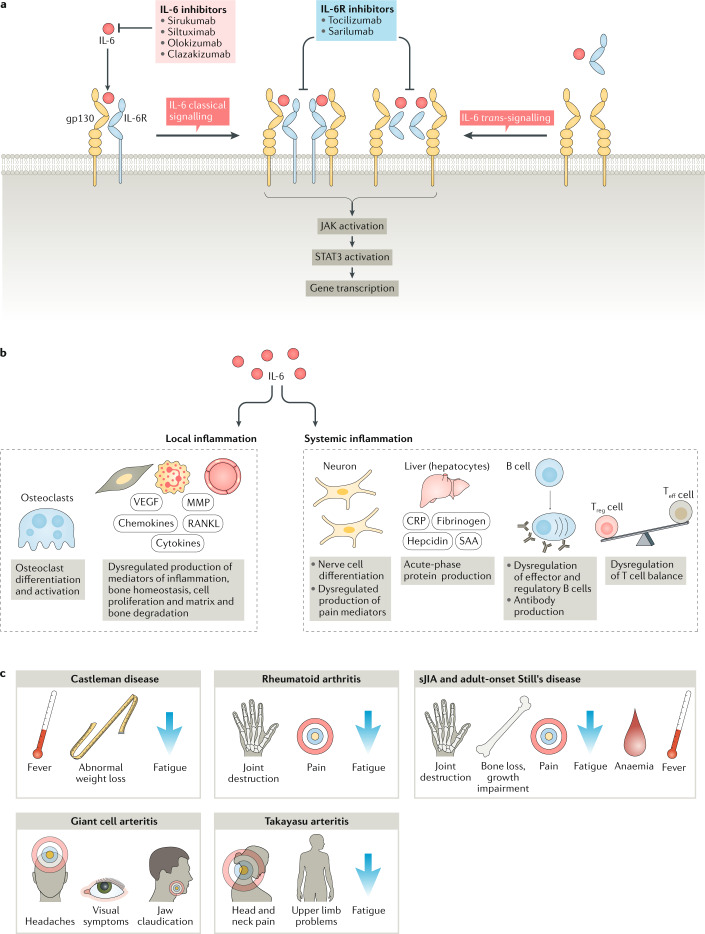Fig. 2. Cell signalling pathways and the physiological role of IL-6 in diseases.
IL-6 participates in a broad spectrum of biological events, such as synovial inflammation, immune responses, haematopoiesis and acute-phase reactions. a | IL-6 binds to IL-6 receptor (IL-6R) and glycoprotein 130 (gp130) to form a hexameric complex. Both membrane-bound IL-6R and soluble IL-6R can be part of the hexameric complex and are associated with the classical signalling and trans-signalling pathways, respectively. Intracellular signalling pathways involve the Janus kinase (JAK) and signal transducer and activator of transcription (STAT) pathway. Pharmacological inhibitors of IL-6 signalling prevent IL-6 from binding to IL-6R by targeting either the cytokine itself or the receptor. b | In the context of disease, IL-6 can have both local inflammatory and systemic effects. Some of the manifestations of the diseases for which IL-6 inhibitors are approved could be explained by the effects of IL-6, on the basis of both preclinical and clinical data. IL-6 has been implicated in the pathogenesis of diseases, including rheumatoid arthritis, systemic juvenile idiopathic arthritis (sJIA), Castleman disease, giant cell arteritis, Takayasu arteritis and cytokine release syndrome, among others. c | As IL-6 has multiple roles in the dysfunction of the immune and inflammatory systems, anti-IL-6R therapy could relieve various symptoms such as fever, fatigue, pain, joint destruction, anaemia and others. CRP, C-reactive protein; MMP, matrix metalloprotease; RANKL, receptor activator of NF-κB ligand; SAA, serum amyloid A; Teff cell, effector T cell; Treg cell, regulatory T cell; VEGF, vascular endothelial growth factor.

